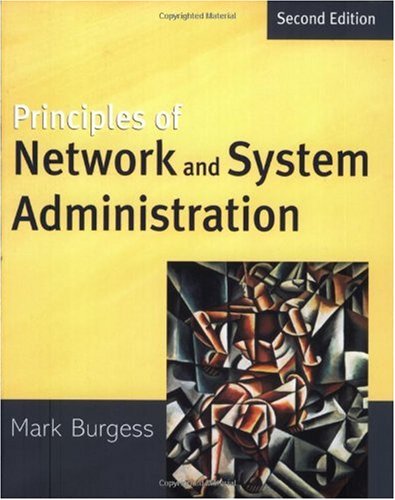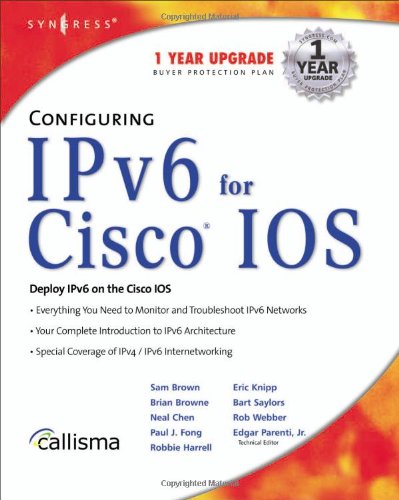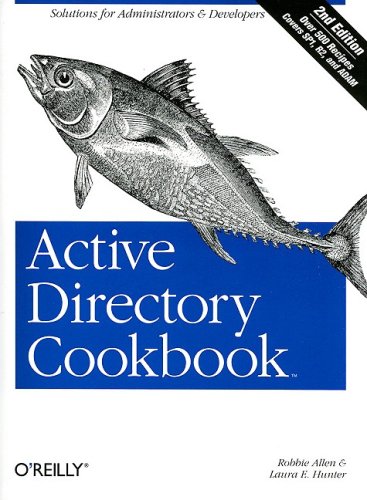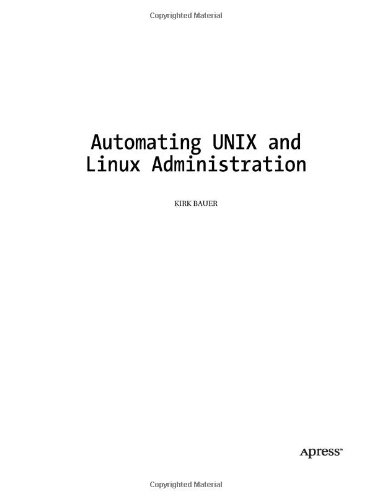Mark Burgess9780470868072, 0470868074
Table of contents :
Team DDU……Page 1
Contents……Page 8
Preface to second edition……Page 14
1.1 What is network and systemadministration?……Page 16
1.3 The human role in systems……Page 17
1.5 Is systemadministration a discipline?……Page 18
1.6 The challenges of systemadministration……Page 19
1.7 Common practice and good practice……Page 20
1.9 Themeta principles of systemadministration……Page 21
1.10 Knowledge is a jigsaw puzzle……Page 22
1.11 To the student……Page 23
1.12 Some road-maps……Page 24
2.1 What is ‘the system’?……Page 26
2.2 Handling hardware……Page 28
2.3 Operating systems……Page 31
2.4 Filesystems……Page 40
2.5 Processes and job control……Page 58
2.6 Networks……Page 61
2.7 IPv4 networks……Page 70
2.8 Address space in IPv4……Page 78
2.9 IPv6 networks……Page 83
3.1 Communities and enterprises……Page 90
3.2 Policy blueprints……Page 91
3.3 Systemuniformity……Page 92
3.5 Clients, servers and delegation……Page 93
3.6 Host identities and name services……Page 95
3.7 Common network sharingmodels……Page 97
3.8 Local network orientation and analysis……Page 101
4.2 Physical considerations of server room……Page 124
4.3 Computer startup and shutdown……Page 126
4.4 Configuring and personalizingworkstations……Page 129
4.5 Installing a Unix disk……Page 136
4.6 Installation of the operating system……Page 139
4.7 Software installation……Page 146
4.8 Kernel customization……Page 155
5.2 User registration……Page 162
5.3 Account policy……Page 168
5.4 Login environment……Page 169
5.5 User support services……Page 176
5.6 Controlling user resources……Page 178
5.7 Online user services……Page 183
5.8 Userwell-being……Page 186
5.9 Ethical conduct of administrators and users……Page 188
5.10 Computer usage policy……Page 201
6 Models of network and system administration……Page 210
6.1 Informationmodels and directory services……Page 211
6.2 Systeminfrastructure organization……Page 216
6.3 Network administrationmodels……Page 222
6.4 Networkmanagement technologies……Page 228
6.5 Creating infrastructure……Page 234
6.6 Systemmaintenancemodels……Page 238
6.7 Competition, immunity and convergence……Page 240
6.8 Policy and configuration automation……Page 242
6.9 IntegratingmultipleOSs……Page 243
6.10 Amodel checklist……Page 246
7 Configuration and maintenance……Page 250
7.1 Systemconfiguration policy……Page 251
7.2 Methods: controlling causes and symptoms……Page 252
7.3 Changemanagement……Page 254
7.5 Policy configuration and its ethical usage……Page 255
7.6 Common assumptions: clock synchronization……Page 256
7.7 Human–computer job scheduling……Page 257
7.8 Automation of host configuration……Page 263
7.9 Preventative host maintenance……Page 267
7.10 SNMP tools……Page 270
7.11 Cfengine……Page 273
7.12 Database configurationmanagement……Page 283
8.1 Fault tolerance and propagation……Page 296
8.2 Networks and small worlds……Page 298
8.3 Causality and dependency……Page 300
8.4 Defining the system……Page 302
8.5 Faults……Page 303
8.6 Cause trees……Page 312
8.7 Probabilistic fault trees……Page 314
8.8 Changemanagement revisited……Page 318
8.9 Game-theoretical strategy selection……Page 319
8.10 Monitoring……Page 328
8.11 Systemperformance tuning……Page 329
8.12 Principles of quality assurance……Page 339
9.1 Application-level services……Page 346
9.2 Proxies and agents……Page 347
9.4 Summoning daemons……Page 348
9.5 Setting up the DNS nameservice……Page 352
9.6 Setting up aWWWserver……Page 368
9.7 E-mail configuration……Page 380
9.8 OpenLDAP directory service……Page 388
9.9 MountingNFS disks……Page 389
9.10 Samba……Page 393
9.11 The printer service……Page 394
9.12 Java web and enterprise services……Page 397
10.1 The Internet……Page 406
10.2 A recap of networking concepts……Page 407
10.3 Getting traffic to its destination……Page 408
10.4 Alternative network transport technologies……Page 412
10.5 Alternative network connection technologies……Page 415
10.6 IP routing and forwarding……Page 416
10.7 Multi-Protocol Label Switching (MPLS)……Page 422
10.8 Quality of Service……Page 423
10.9 Competition or cooperation for service?……Page 428
10.10 Service Level Agreements……Page 430
11 Principles of security……Page 438
11.1 Four independent issues……Page 439
11.2 Physical security……Page 441
11.4 Security policy and definition of security……Page 442
11.5 RFC 2196 and BS/ISO 17799……Page 445
11.6 Systemfailuremodes……Page 447
11.7 Preventing and minimizing failure modes……Page 455
11.8 Somewell-known attacks……Page 460
12.1 Systemdesign and normalization……Page 468
12.3 Data integrity and protection……Page 469
12.4 Authenticationmethods……Page 478
12.5 Analyzing network security……Page 484
12.6 VPNs: secure shell and FreeS/WAN……Page 492
12.8 WWW security……Page 493
12.9 IPSec – secure IP……Page 495
12.10 Ordered access control and policy conflicts……Page 498
12.11 IP filtering for firewalls……Page 500
12.12 Firewalls……Page 501
12.13 Intrusion detection and forensics……Page 508
12.14 Compromisedmachines……Page 509
13.1 Science vs technology……Page 514
13.2 Studying complex systems……Page 515
13.4 Evaluationmethods and problems……Page 517
13.5 Evaluating a hierarchical system……Page 519
13.6 Deterministic and stochastic behavior……Page 533
13.7 Observational errors……Page 543
13.9 Summary……Page 551
14 Summary and outlook……Page 554
14.2 Collaborationwith software engineering……Page 555
14.4 The future of systemadministration……Page 556
A Some useful Unix commands……Page 558
B.1 Make……Page 564
B.2 Perl……Page 568
B.3 WWWand CGI programming……Page 589
C Example telnet session……Page 596
D Glossary……Page 606
E Recommended reading……Page 612
Bibliography……Page 614
Index……Page 638







Reviews
There are no reviews yet.